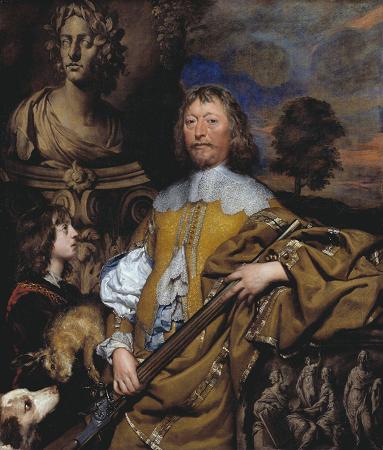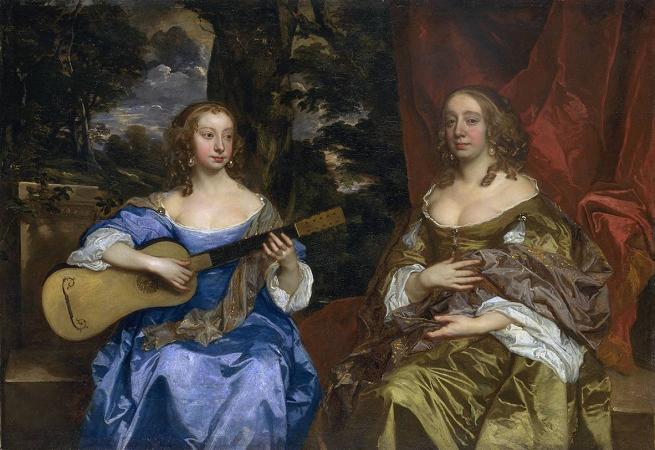Tate Britain. Tate Britain is an art museum on Millbank in the City of Westminster in London. It is part of the Tate network of galleries in England, with Tate Modern, Tate Liverpool and Tate St Ives. It is the oldest gallery in the network, having opened in 1897. It houses a substantial collection of the art of the United Kingdom since Tudor times, and in particular has large holdings of the works of J. M. W. Turner, who bequeathed all his own collection to the nation. It is one of the largest museums in the country. The gallery is situated on Millbank, on the site of the former Millbank Prison. Construction, undertaken by Higgs and Hill, commenced in 1893, and the gallery opened on 21 July 1897 as the National Gallery of British Art. However, from the start it was commonly known as the Tate Gallery, after its founder Sir Henry Tate, and in 1932 it officially adopted that name. Before 2000, the gallery housed and displayed both British and modern collections, but the launch of Tate Modern saw Tate's modern collections move there, while the old Millbank gallery became dedicated to the display of historical and contemporary British art. As a consequence, it was renamed Tate Britain in March 2000. The front part of the building was designed by Sidney R. J. Smith with a classical portico and dome behind, and the central sculpture gallery was designed by John Russell Pope. Tate Britain includes the Clore Gallery of 1987, designed by James Stirling, which houses work by J. M. W. Turner. The Clore Gallery has been regarded as an important example of Postmodern architecture, especially in the use of contextual irony: each section of the external facade quotes liberally from the building next to it in regard to materials and detailing. Crises during its existence include flood damage to work from the River Thames, and bomb damage during World War II. However, most of the collection was in safe storage elsewhere during the war, and a large Stanley Spencer painting, deemed too big to move, had a protective brick wall built in front of it. In 1970, the building was given Grade II* listed status. In 2012, Tate Britain announced that it had raised the E45 million required to complete a major renovation, largely thanks to a E4.9 million grant from the Heritage Lottery Fund and E1 million given by Tate Members. The museum stayed open throughout the three phases of renovation. Completed in 2013, the newly designed sections were conceived by the architects Caruso St John and included a total of nine new galleries, with reinforced flooring to accommodate heavy sculptures. A second part was unveiled later that year, the centrepiece being the reopening of the building's Thames-facing entrance as well as a new spiral staircase beneath its rotunda. The circular balcony of the rotunda's domed atrium, closed to visitors since the 1920s, was reopened. The gallery also now has a dedicated schools' entrance and reception beneath its entrance steps on Millbank and a new archive gallery for the presentation of temporary displays. The front entrance is accessible by steps. A side entrance at a lower level has a ramp for wheelchair access. The gallery provides a restaurant and a café, as well as a Friends room, open only to members of the Tate. This membership is open to the public on payment of an annual subscription. As well as administration offices the building complex houses the Prints and Drawings Rooms, as well as the Library and Archive in the Hyman Kreitman Reading Rooms. The restaurant features a mural by Rex Whistler. Tate Britain and Tate Modern are now connected by a high speed boat along the River Thames, which runs from Millbank Millennium Pier immediately outside Tate Britain. The boat is decorated with spots, based on paintings of similar appearance by Damien Hirst. The lighting artwork incorporated in the pier's structure is by Angela Bulloch. The main display spaces show the permanent collection of historic British art, as well as contemporary work. It has rooms dedicated to works by one artist, such as: Tracey Emin, John Latham, Douglas Gordon, Sam Taylor-Wood, Tacita Dean, Marcus Gheeraerts II, though these, like the rest of the collection, are subject to rotation. The gallery also organises career retrospectives of British artists and temporary major exhibitions of British Art. Every three years the gallery stages a Triennial exhibition in which a guest curator provides an overview of contemporary British Art. The 2003 Tate Triennial was called Days Like These. Art Now is a small changing show of a contemporary artist's work in a dedicated room. Tate Britain is the home of the annual and usually controversial Turner Prize exhibition, featuring four artists selected by a jury chaired by the director of Tate Britain.
more...














